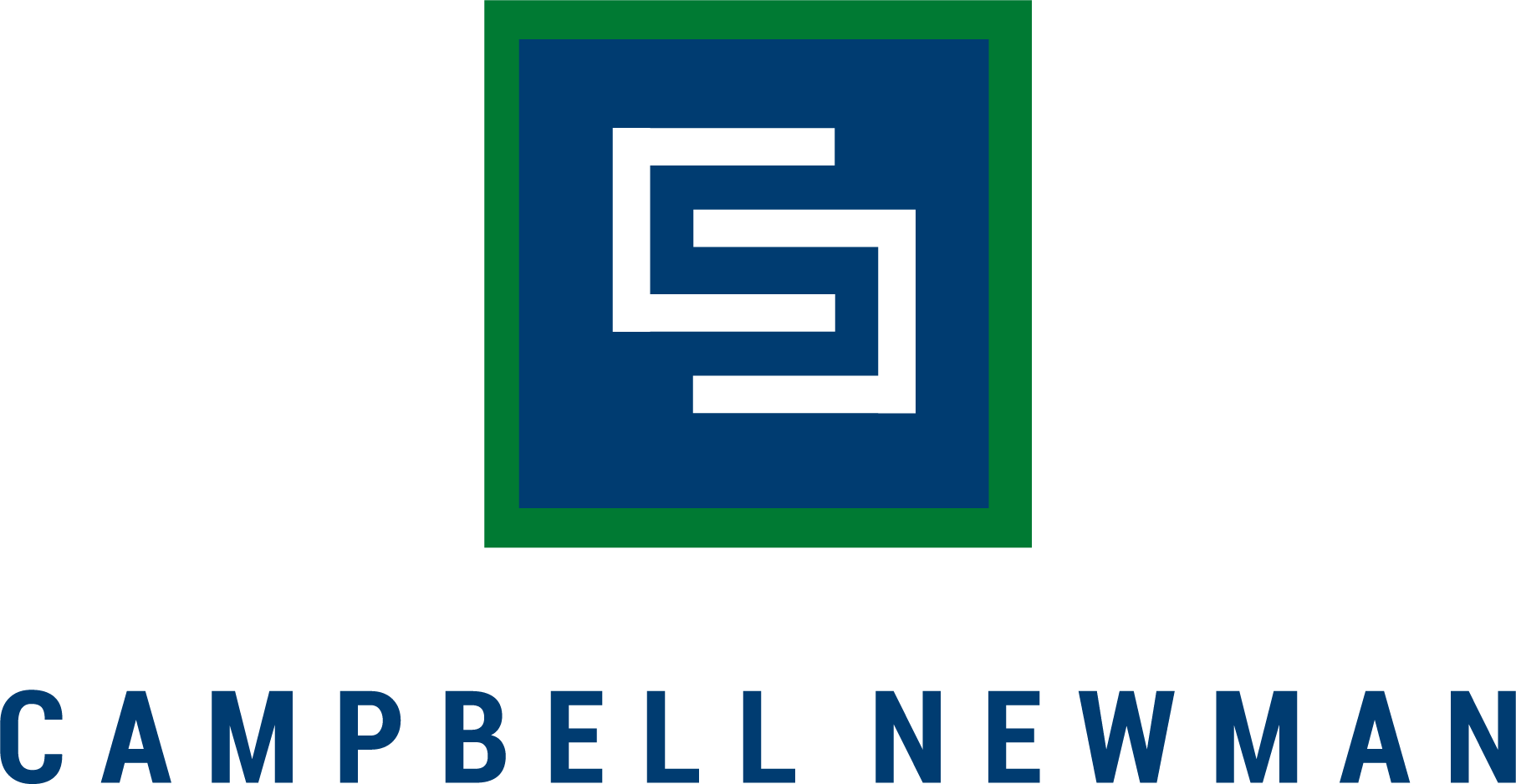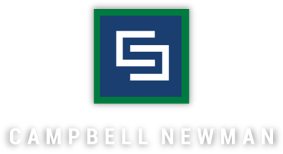Large Cap Dividend Growth
Overview
A long-only, total-return focused, large-cap core equity strategy invested exclusively in the stocks of companies with a history of consistent annual dividend increases to build a diversified, high-conviction portfolio of 25-35 stocks with a higher-than-average current yield and growing streams of income over time.
The objective of the Large Cap Dividend Growth strategy is to participate in up-markets and protect in down-markets in order to outperform its S&P 500 Index benchmark on a net of fees basis over a full market cycle and at lower levels of risk, as defined by standard deviation of returns.
Investment Philosophy
A company’s dividend policy is tangible evidence of management’s confidence in future earnings growth.
The payment of a meaningful dividend, along with the expectation that it will be increased year after year, imposes an important discipline on management which makes them better allocators of shareholders’ capital and promotes more consistent earnings growth over time.
What differentiates Campbell Newman Large Cap Dividend Growth
Discipline
Strict quantitative screening, dividend and valuation parameters along with hard-wired sell rules
Judgement
Proprietary bottom-up research/stock selection process; portfolio managers also serve as analysts
Results
Total return focus with upside participation and downside protection in a low turnover portfolio of carefully selected stocks


